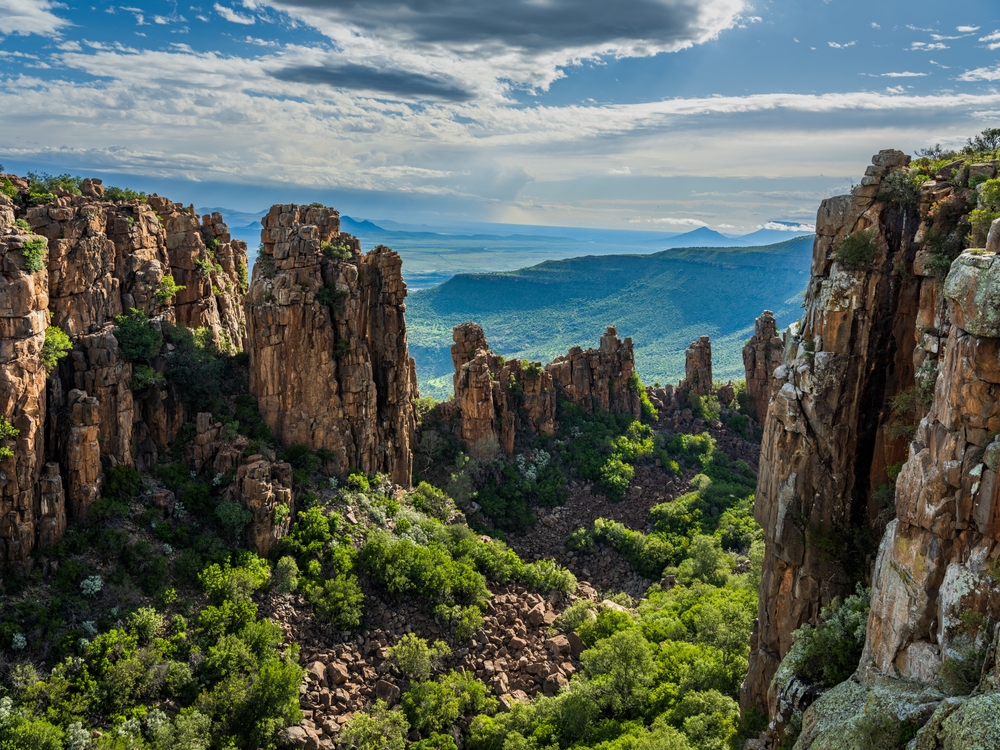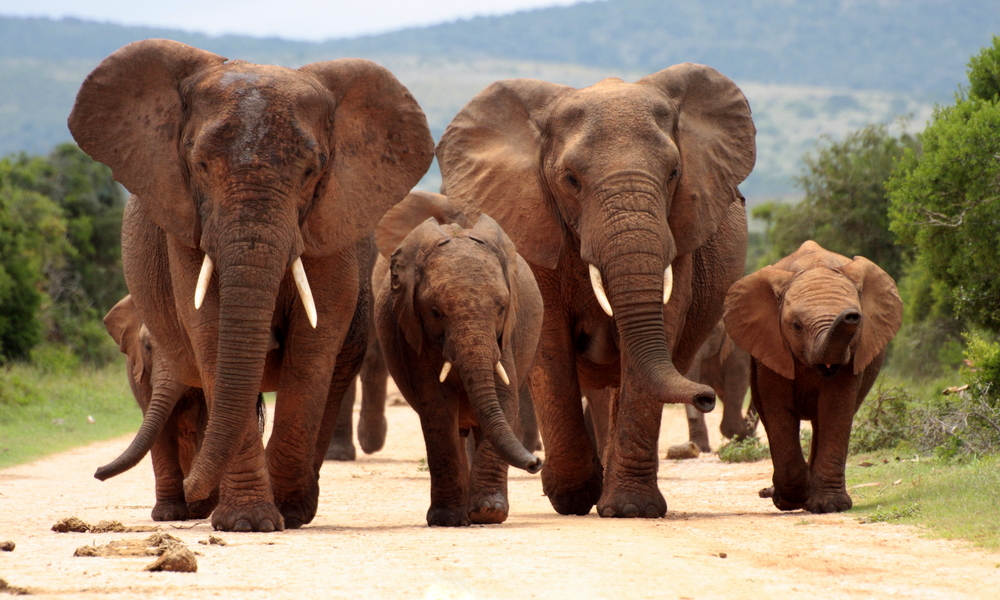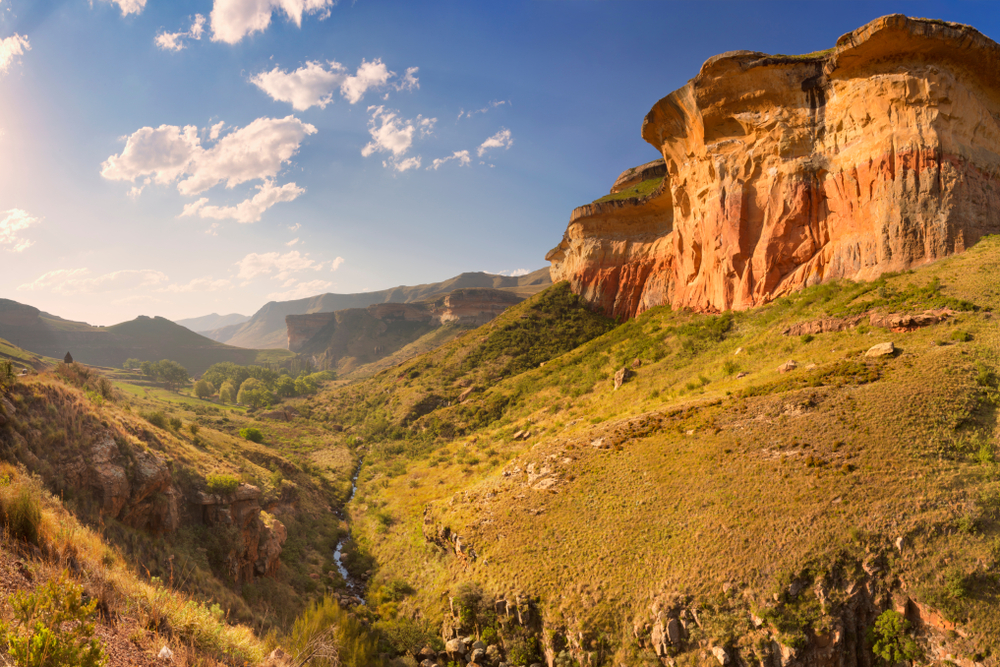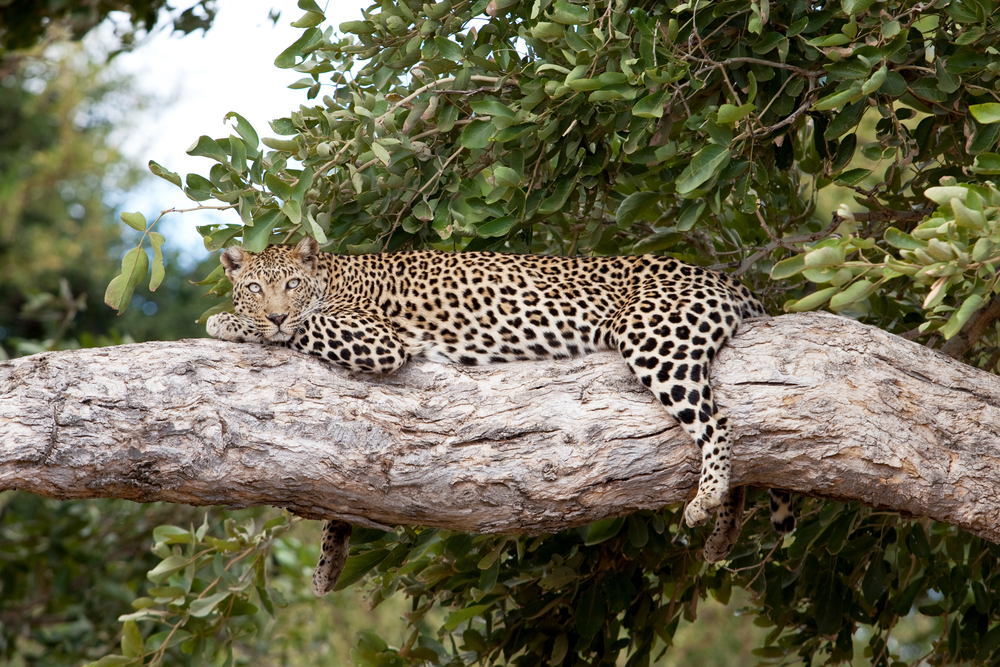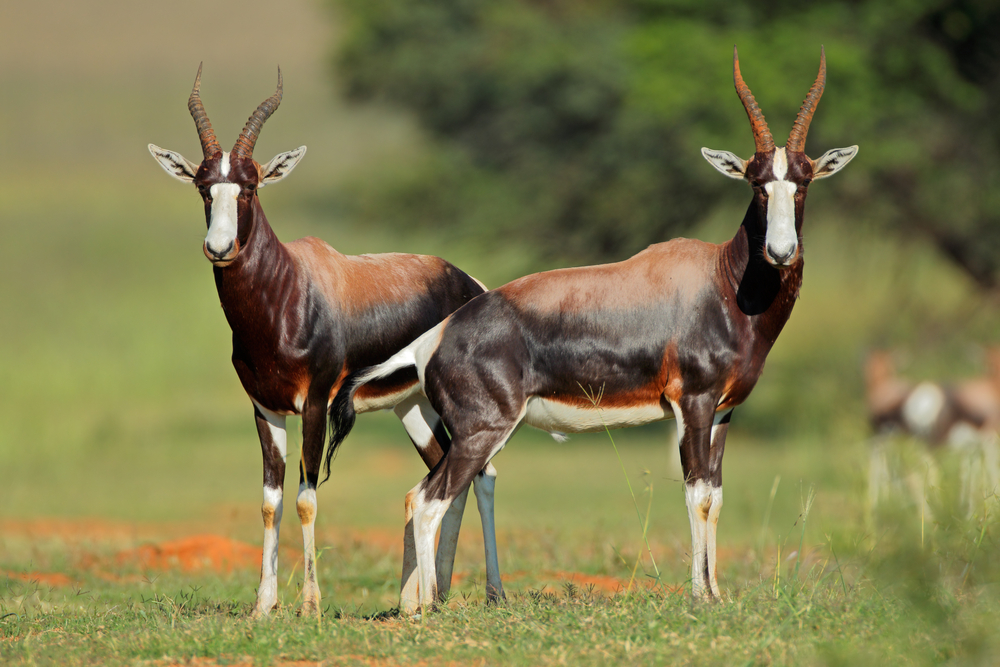Camdeboo Overview
Camdeboo National Park, located in the Eastern Cape Province of South Africa near the historic town of Graaff-Reinet, is a unique conservation area showcasing dramatic landscapes and diverse ecosystems. Established in 2005, the park spans approximately 194 square kilometers (75 square miles) and is renowned for its spectacular Valley of Desolation, a natural geological wonder. Known locally as “Camdeboo Nasionale Park”, this park is an integral part of South Africa’s protected areas and a popular destination for nature enthusiasts and photographers.
The terrain of Camdeboo National Park is characterized by rugged mountain ranges, open plains, and dramatic rock formations. The Valley of Desolation, often referred to as the “Cathedral of the Mountains,” features towering dolerite columns that rise up to 120 meters (394 feet) above the surrounding plains, offering breathtaking views of the Karoo landscape. The park also encompasses the Nqweba Dam, which serves as a vital water source and recreational hub. These diverse terrains support a wide range of habitats, from semi-arid grasslands to montane scrub.
The vegetation in Camdeboo National Park is dominated by the unique flora of the Karoo biome, including succulents, thorny acacias, and hardy grasses adapted to the semi-desert conditions. Seasonal rainfall brings vibrant bursts of wildflowers, transforming the otherwise arid landscape into a colorful spectacle. This vegetation provides essential habitats for the park’s wildlife.
Camdeboo is home to a variety of wildlife, including herbivores such as kudu, springbok, and eland. Smaller mammals like vervet monkeys, rock hyraxes, and bat-eared foxes are also commonly seen. Predators, including caracals and black-backed jackals, roam the park, though they are elusive. Birdlife is abundant, with over 200 species recorded, including Verreaux’s eagles, pale chanting goshawks, and the endangered blue crane, South Africa’s national bird.
Visitors to Camdeboo National Park can engage with its natural beauty through a variety of activities. The Valley of Desolation offers several viewpoints accessible by car and short hiking trails, providing panoramic vistas and photographic opportunities. Longer hiking trails and guided nature walks allow visitors to explore the park’s diverse landscapes and spot wildlife. The Nqweba Dam is ideal for water-based activities, such as kayaking, canoeing, and birdwatching along its shores. The park’s proximity to Graaff-Reinet adds a cultural dimension, with historical tours of the town complementing the natural experience.
Despite its natural beauty, Camdeboo National Park faces challenges such as habitat degradation due to invasive plant species and the impacts of climate change on its semi-arid ecosystems. Conservation efforts led by South African National Parks (SANParks) focus on alien plant control, water resource management, and community engagement. Sustainable tourism initiatives aim to balance conservation with visitor enjoyment, ensuring the park remains a sanctuary for its unique landscapes and biodiversity.
Camdeboo National Park is a hidden gem of South Africa’s natural heritage. Its dramatic geological formations, diverse wildlife, and cultural significance make it a must-visit destination. Protecting this park ensures the preservation of its ecological treasures and its role in showcasing the beauty of the Karoo.








































































